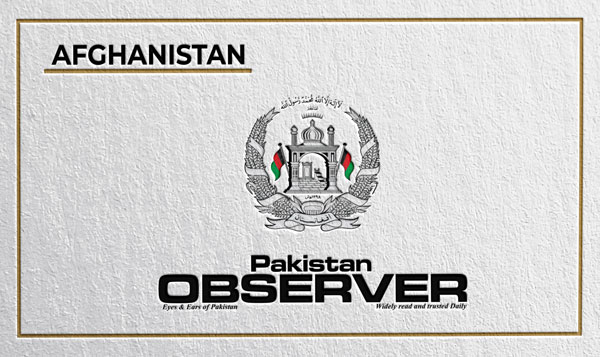A solar power system was opened in Nangarhar to irrigate more than 4,000 hectares of land with a total cost of 143 million Afs.
The Ministry of Agriculture, Irrigation and Livestock (MAIL) says that the project was financially supported by the Asian Development Bank, and besides irrigating the land, will produce 1.2 Megawatts of electricity.
“Will be used for irrigation of hundreds hectares of land. This is not only for Nangarhar but this is a project for the whole Afghanistan,” said Baz Mohammad Fizan, the deputy of the Natural Resources of MAIL.
“The project was planned in the past, and was planned to use 3,600 solar panels and 5 water pumps,” said Ghulam Rahman Kazim, director of Nangarhar’s channel.
The deputy of the Natural Resources of MAIL also said that efforts are underway to provide solar-powered irrigation of arid land in Nangarhar with the help of domestic and international aid organizations.
“The Ministry of Agriculture, especially the deputy office for irrigation has plans to implement more of such projects as we obtain domestic or foreign funding,” Baz Mohammad Fizan added.
The Director of Nangarhar Channel asked the Islamic Emirate to provide a solar system for the irrigation of the thousands hectares of Lalmi land (The land which is dependent on rainfall).
“In Nangarhar, there is a lot of land that we can’t solve its irrigation issues with solar. If more projects are implemented this issue will be solved,” Abdul Rahman Kazim added.
This system, which will be providing 500 liters of water per second, was started during the previous government, and after the political changes in the country, some technical work was left incomplete but has been completed now.
The Ministry of Agriculture, Irrigation, and Livestock announced is making efforts to achieve food self-sufficiency in the country.
The acting Minister of Agriculture, Irrigation and Livestock, Attaullah Omari, in a meeting in Ghor province, spoke of the arrival of Afghanistan’s agricultural products in regional and European countries.
“Agriculture products, like Badakhshan and Takhar berries, have this year been exported to China and India,” said the acting minister.
The Chamber of Agriculture and Livestock said that in the current year, the exporters of agricultural products have suffered due to the blocking of the Torkham crossing and the mountain slide on the Kabul-Jalalabad highway.
“In the export sector, our traders were able to export, but recently, due to the blocking of the Torkham crossing and the mountain slide of the Kabul-Jalalabad Road, our traders could not export their goods. The businessman has suffered,” said Merwis Hajizada, deputy of the ministry.
Some political analysts said that if Afghanistan’s agricultural lands are properly managed, the country has the capacity to produce various agricultural items.
“Afghanistan has 9.2 hectares of available land, if we use a large percentage of it, we can export more to other countries,” said Abdul Zuhor Mudabir, an economist.
“Agricultural products, if they are produced in a modern way and use technology, and if a proper marketing environment is provided inside and outside the country, can help the country’s economy,” said Qutbudden Yaqubi, an economist.
Based on the information of the Ministry of Agriculture, Irrigation, and Livestock, most of Afghanistan’s export items to neighboring countries, the region, and the world are agricultural products.—Tolonews










